Palermo’ street food is immediatest example of cultural abundance that marks the Sicilian state capital. The different street foods infact, consumed by tourist and Palermitan people, hide secrets of ancient population and curious tradition.
Arancina
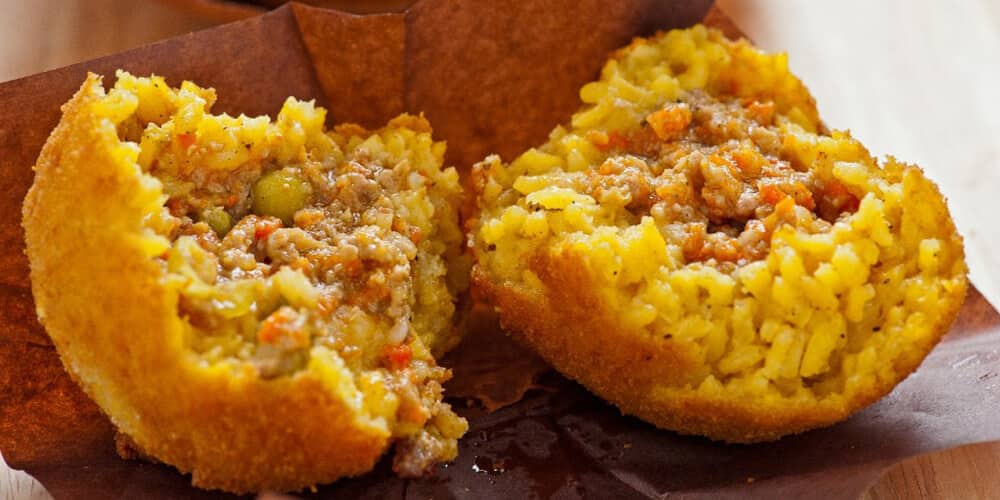
An other version connects breading use to Nordic domination: according to this theory the breadcrumbs “sealed” and it was possibile for Frederick II Hohenstaufen take whit him arancina during hunt.
Today arancina is eaten during all year but 13th december, for Santa Lucia festivity, the Palermitan people consume it a lot.
Pani ca meusa
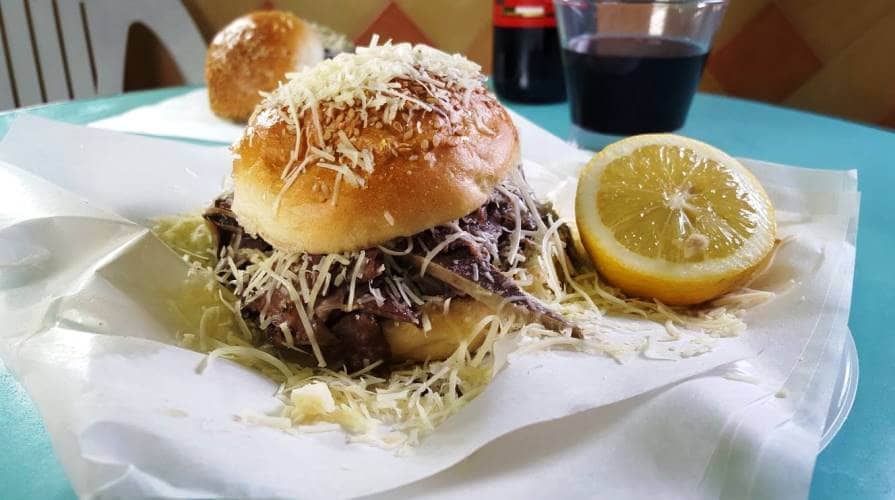
The pani ca meusa (in English bread with spleen) is a soft focaccia filled with spleen, lung and other offals of calf that are cooked slowly in traditional big pot full of lard. The pani ca meusa is eaten hot and it’s served with pepper and lemon slice and in this case it’s called schettu (that means without other condiments) or with caciocavallo cheese and ricotta and it’s called maritatu (that means married, because it’s matched with cheeses).
The pani ca meusa is lergely consumed in Palermo but almost none knows its origin: it’s seems infact that the focaccia filled with offals derives from an ancient Jewish recipe forgotten after that Jewish were expelled around 1500 but it reproposed by Palermitan people.
According to kasherùt butchery infact the ritual butcher didn’t collect salay, therefore he withheld offals and whit which arranged a stuffing that he resold to obtain earnings.
Pane con panelle e cazzilli
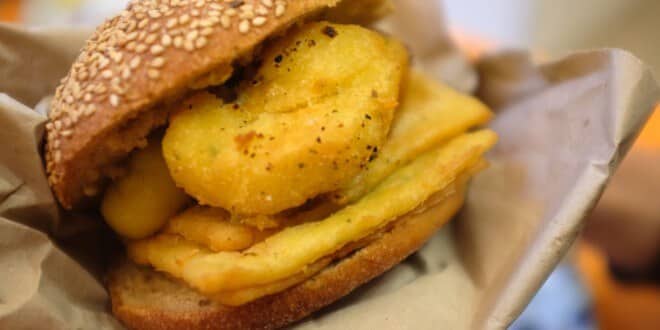
The pane con panelle e cazzilli (called also crocché) is a soft bread, similar to that of pani ca meusa, filled with fried ceces farinata generally square-shaped or rounded (panelle) and fries potatoes ball seasoned with parsley or mint (cazzilli or chrocché).
Giuseppe Pitrè reports that originally panelle and cazzilli were fried during Christmas festivity by working-class that didnt’t afford fishes. In ancient times this food was prepared in December and expecially for Christmas, today in Palermo it’s consumed during all year.
Sfincione
Today it’s possible tasting the sfincione at baker, at pizzeria but also at peddler on lambretta that go around the Palermo.
The sfincione is an humble food on Palermitan tradition and it seems that it was prepared for the first time by nuns of San Vito Monastery. It narrates infact that the sisters, pushed by need to waiting on flavoured bread for Christmas festivity, mixed poor ingredients like tomato and onion to make conza (in English condiment).
Cannolo siciliano
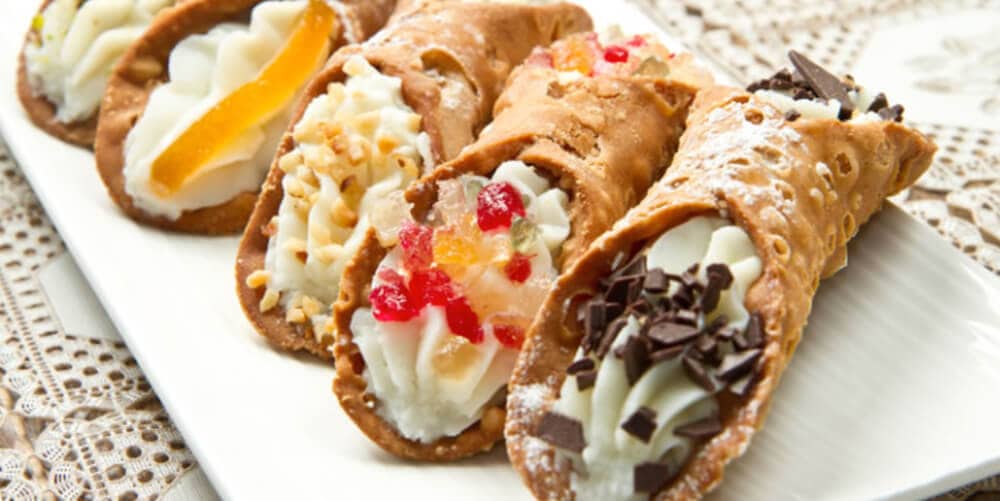
The cannolo takes its name from river canes around which wafer was rolled so that it taken cylindrical shape before it was fried. The fried scorza (in English wafer) is filled with sweet sheep’s ricotta and seasoned with dark chocolate drop.
The cannolo was probably invented at Caltanissetta according to some traditions by nunes, according to other version instead was invented by woman of Caltanissetta Lord Harem.
The recipe was exported in Messina and Palermo and there it was perfected by local patissier thanks to it became famous.
Traditionally the cannoli were garnished with a cherry or a little stripes on candied orange, today it’s possible to find them also without garnish or covered by pistachio powder.
About the author
Written on 28/02/2019

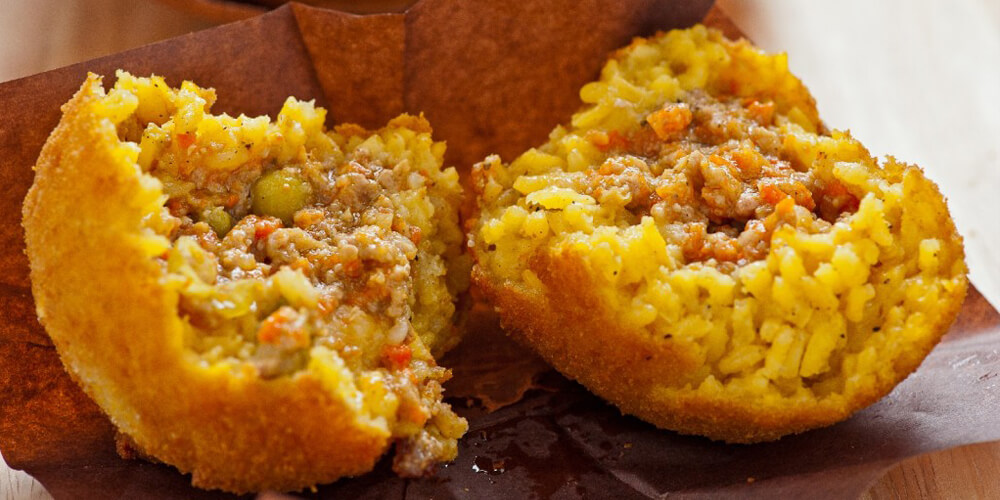

Valentina Giuliano